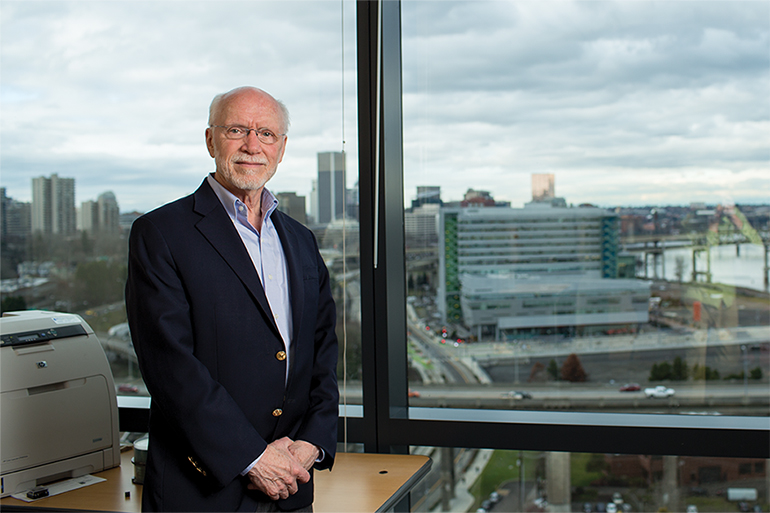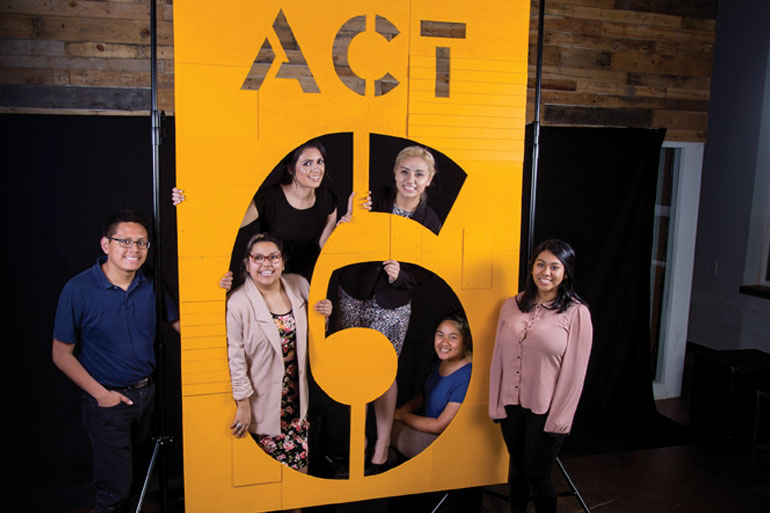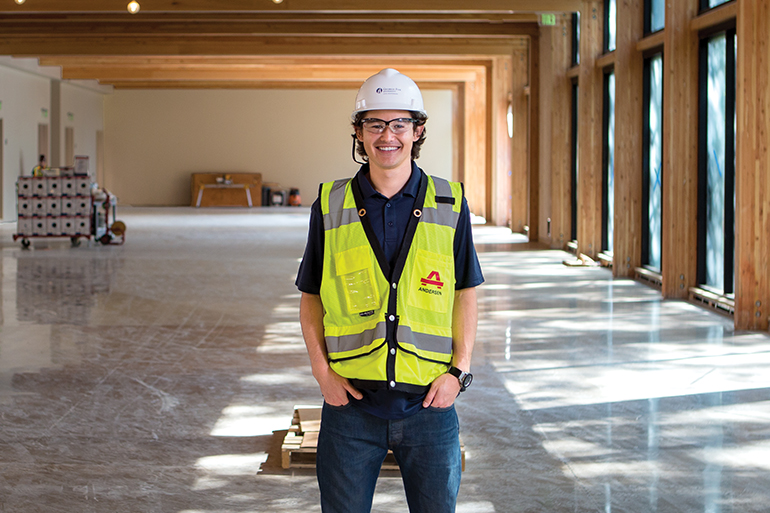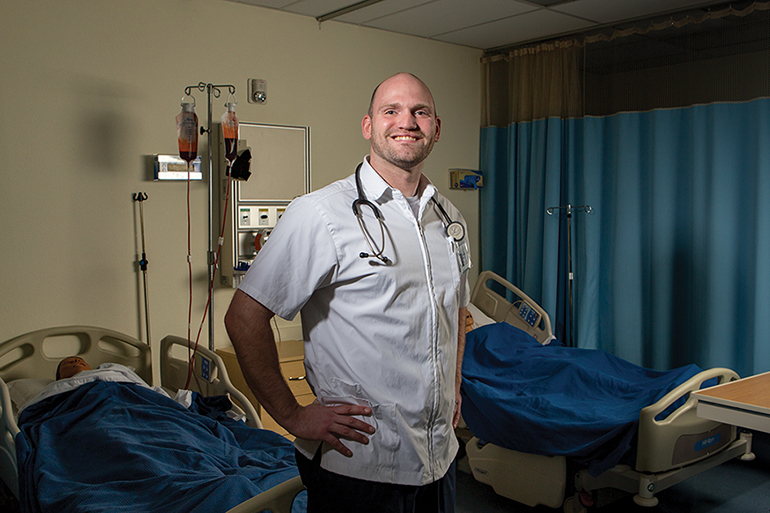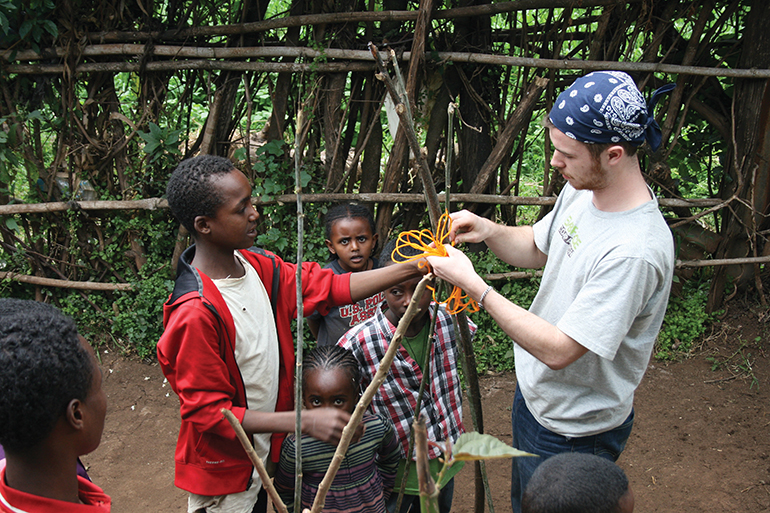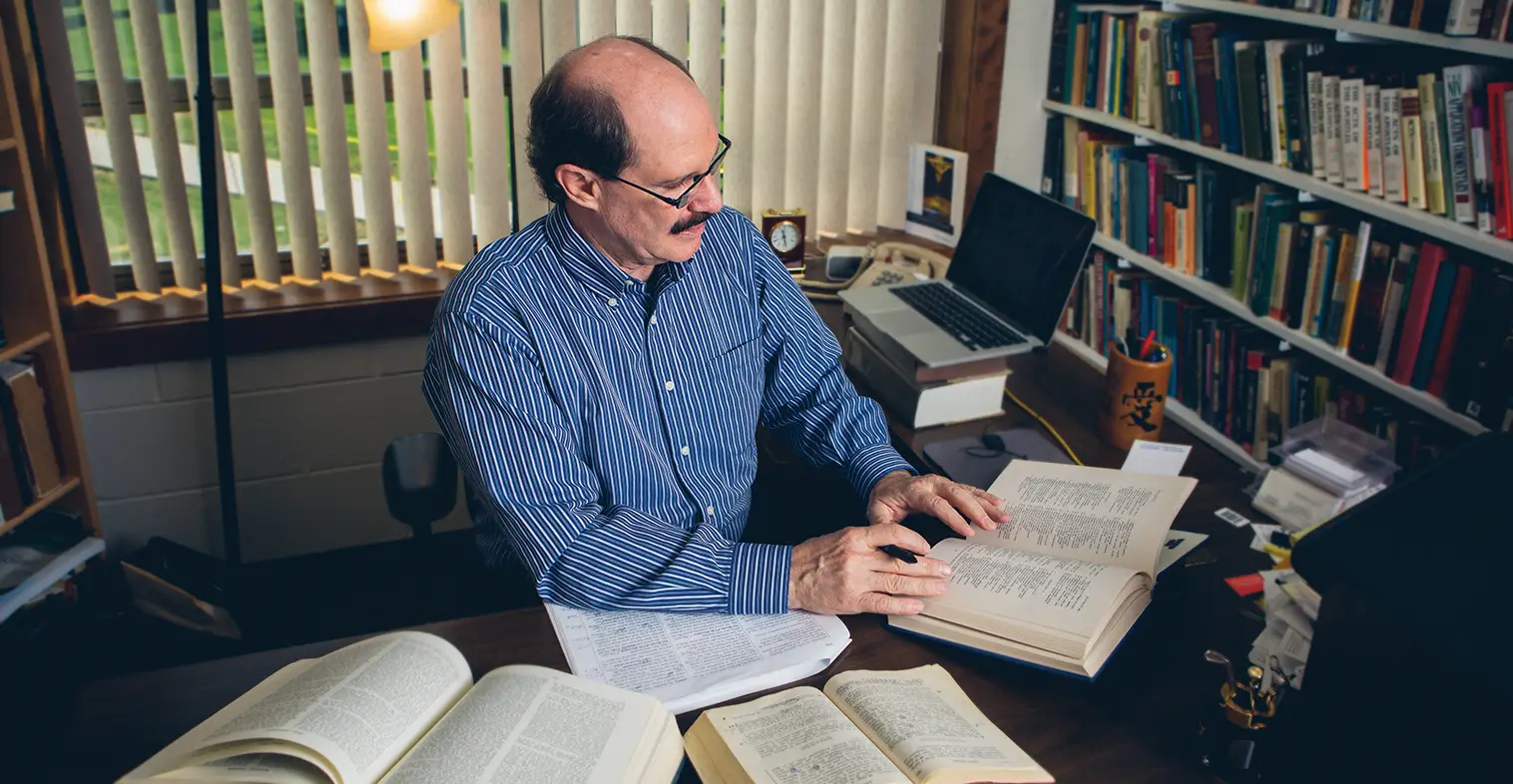
A Translation for a New Generation
Professor Paul Anderson works to update the world’s most widely read translation of the Bible
By Sara Kelm
Two priests, two religion professors and a Quaker meet to translate the five writings of John. It sounds like the set-up for an elaborate joke, but it’s not. Instead, it’s happening now, and the Quaker is none other than prolific author and George Fox professor Paul Anderson.
This team – comprised of renowned biblical scholars, accomplished authors and PhDs – was chosen from among the leading Johannine experts in the world to help revise the New Testament of the New American Bible. This translation, used for Catholic liturgy, education and preaching, is one of the most widely read in the world, so the translators’ goal is to faithfully follow the Greek text, while also ensuring it can be read and recited with fluidity. “We are looking for euphony instead of cacophony,” says Anderson, who serves as professor of biblical and Quaker studies in the university’s College of Christian Studies.
On average, the committee meets via phone or video conference every two weeks for two and a half hours. Prior to their meeting, each scholar translates the assigned chapter or chapters individually, using a document that has three columns: the Greek text, the current New American Bible translation, and modifications.
The chair of the committee compiles all of the comments onto a master document, color-coding for each individual. Then the negotiations begin. “We go word by word, verse by verse,” Anderson says. “Our charge is to change as little as possible and as much as necessary.”
I have an opportunity as an evangelical Quaker to contribute some insights to Catholic readers of the text.”
The committee is tasked with getting as close to the literal Greek text as they can. Simultaneously, they are looking to both use colloquial English and preserve some formality in the sacred text. They also strive to be consistent in their use of the same English word for the same Greek word throughout John’s writings, while looking at syntax and the connotation of each word. As Anderson notes, this can be difficult. “The writings of John are rather fluid in terms of many meanings for one word,” he says. The committee seeks consensus, but often that consensus comes after much discussion.
Since September 2015, the group has translated seven chapters in the Epistles of John, and now they are working on the Gospel of John. The Book of Revelation is still to come. Anderson expects the work to take at least two more years, with a boost coming this summer from a face-to-face meeting in California with the other committee members. When the Johannine committee has finished and found consensus in their work, it will then be sent to bishops in the United States and eventually the Vatican for final approval.
Anderson enjoys the process of producing the best reading of the Bible possible. The motivation is, simply, to draw people closer to Christ. “I have an opportunity as an evangelical Quaker to contribute some insights to Catholic readers of the text,” he says. This is also an opportunity for Anderson and his colleagues to learn from one another and serve Christ together. As Anderson says, “This translation work is an ecumenical way to make a contribution.”
Anytime two priests, two religion professors and a Quaker can meet and find consensus, it is indeed a serious contribution to the kingdom of God.
Bruin Notes
- University Readies to Celebrate 125 Years
- Study Shows University Generates $140 Million for Local Economy
- News Bits
- Powers Publishes Landmark Findings on Heat Dissipation in Hummingbirds
- George Fox, Newberg Ranked Highly for Safety
- Gift Brings ‘The Saint John’s Bible’ to Campus for Second Year
- Plans Announced for New Student Activity Center
- University Honors Top Teachers, Researchers



